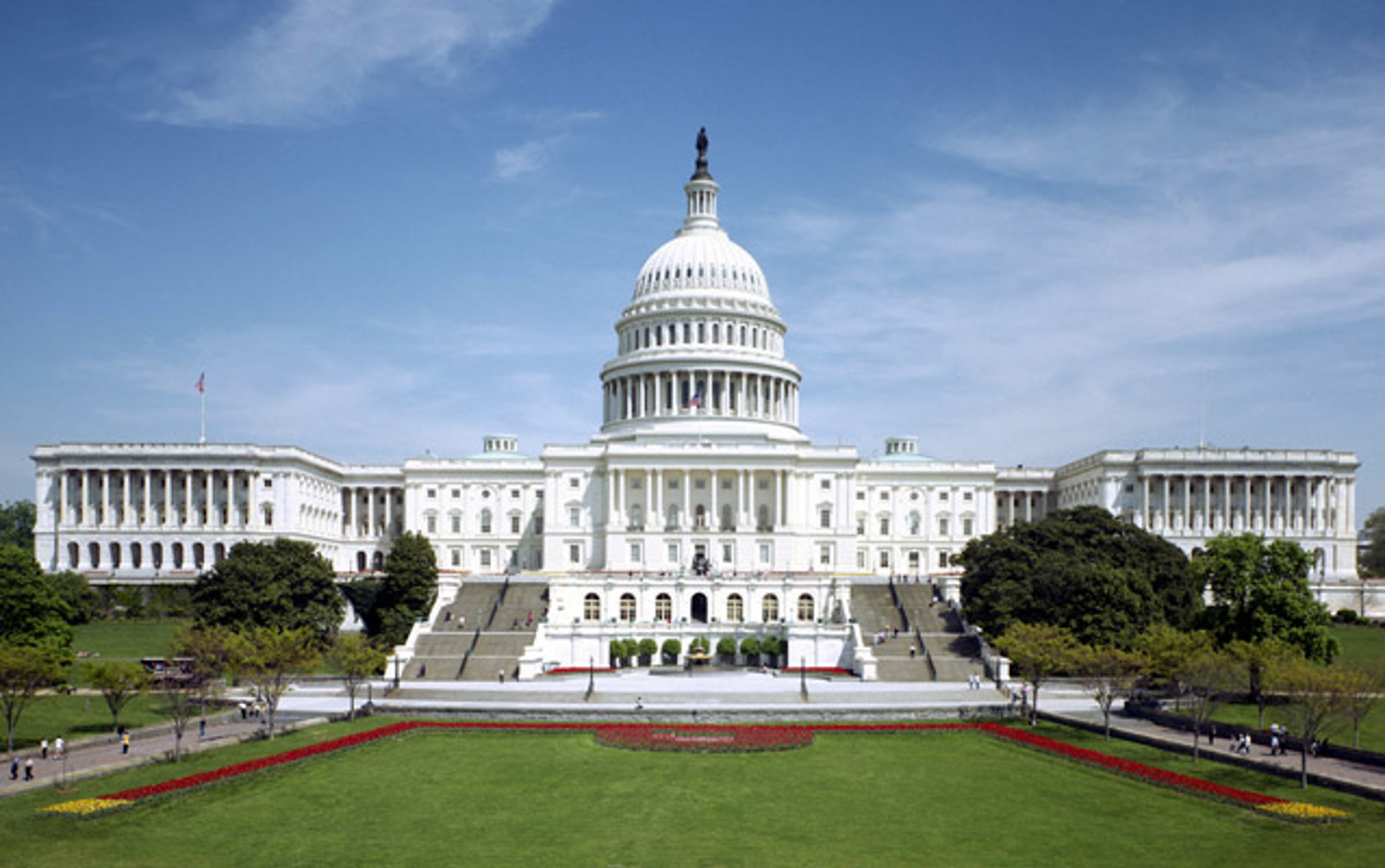Introduction by Barbara K. Mistick
Today marks day 31 of the federal government shutdown. While all indications point to a continued and prolonged shutdown, there has been news coverage reporting “cautious optimism” in the Senate about bipartisan talks focused on resolving the impasse and reopening the government.
As these negotiations continue, effects of the shutdown are being felt around the country. While student financial aid funding and disbursement has not been affected, the Supplemental Nutrition Assistance Program (SNAP), which is a critical resource for low-income families and students, will run out of money for the first time ever on November 1.
This unprecedented situation will leave 42 million Americans, including some college students, without food assistance. Although Democrats claim that funding is available to continue SNAP without interruption, the Department of Agriculture maintains that it cannot use the reserve fund to keep SNAP available during the government shutdown. Democrats in Congress have proposed stand-alone legislation to provide intermittent SNAP funding, but House and Senate Republican leaders refuse to consider stand-alone fixes for any program and are holding out for Democrats to vote to reopen the government.
Despite the shutdown, the second round of negotiated rulemaking for the Reimagining and Improving Student Education Committee is set to reconvene next week at the Department of Education. As I wrote last week, key concerns in the legislation under consideration in the rulemaking process are the establishment of new annual and lifetime loan limits for graduate students and how “professional” graduate programs will be defined by the Department.
Yesterday, we issued an Action Alert asking NAICU members to contact their representative and senators and urge them to press the Department and the White House to ensure the law is implemented as Congress intended – with flexibility and workforce needs at the forefront. To help with this outreach, we created a resource page that provides more details, and includes the Action Alert, a sample letter you can tailor and use with your elected officials, talking points, a series of actions you and your campus community can take now to help, and a timeline of upcoming steps in the negotiated rulemaking process.
Soundbites
-
Cost and Value Transparency Sign On Letter. Last week, NAICU, along with 23 state executive associations, submitted comments on several key questions regarding college cost and value transparency in response to a request from the Senate Health, Education, Labor, and Pensions (HELP) Committee. In addition to NAICU’s letter, other independent college and university state associations submitted comments as did several dozen institutions.
-
NAICU Comments on Regulatory Reform and AI. NAICU joined the higher education community in submitting comments to the Office of Science and Technology Policy urging the administration to maintain regulatory safeguards that protect institutions from unintended or unforeseen consequences of the rapid expansion and usage of AI. The comments, which include several recommendations such as requiring humans in AI-enhanced decision-making processes, and providing funding for under-resourced institutions, come in response to a request for information on the topic of regulatory reform and AI.
-
IRS Issues Employee Retention Credit FAQ. The Internal Revenue Service released a series of frequently asked questions relating to the status of credits and refunds for Employee Retention Credits (ERC) claimed for the third and fourth quarters of 2021 that were filed after Jan. 31, 2024. The ERC was a pandemic-era employer tax credit intended to help keep employees on the payroll during the economic downturn. Despite being riddled with fraudulent filings and a years-long processing backlog, the IRS continues to slowly address outstanding claims that were filed prior to both the expiration of the credit and filing deadlines.
-
Sponsored Webinar. Earlier this week, Pearl Meyer hosted a webinar focused on building a thoughtful evaluation process for presidential performance and leadership sustainability. The webinar covered topics such as how to combine measurable goals with leadership characteristics, institutional stewardship, and leadership development.
I hope you have a pleasant weekend.
For more information, please contact:
Barbara K. Mistick, D.B.A.

